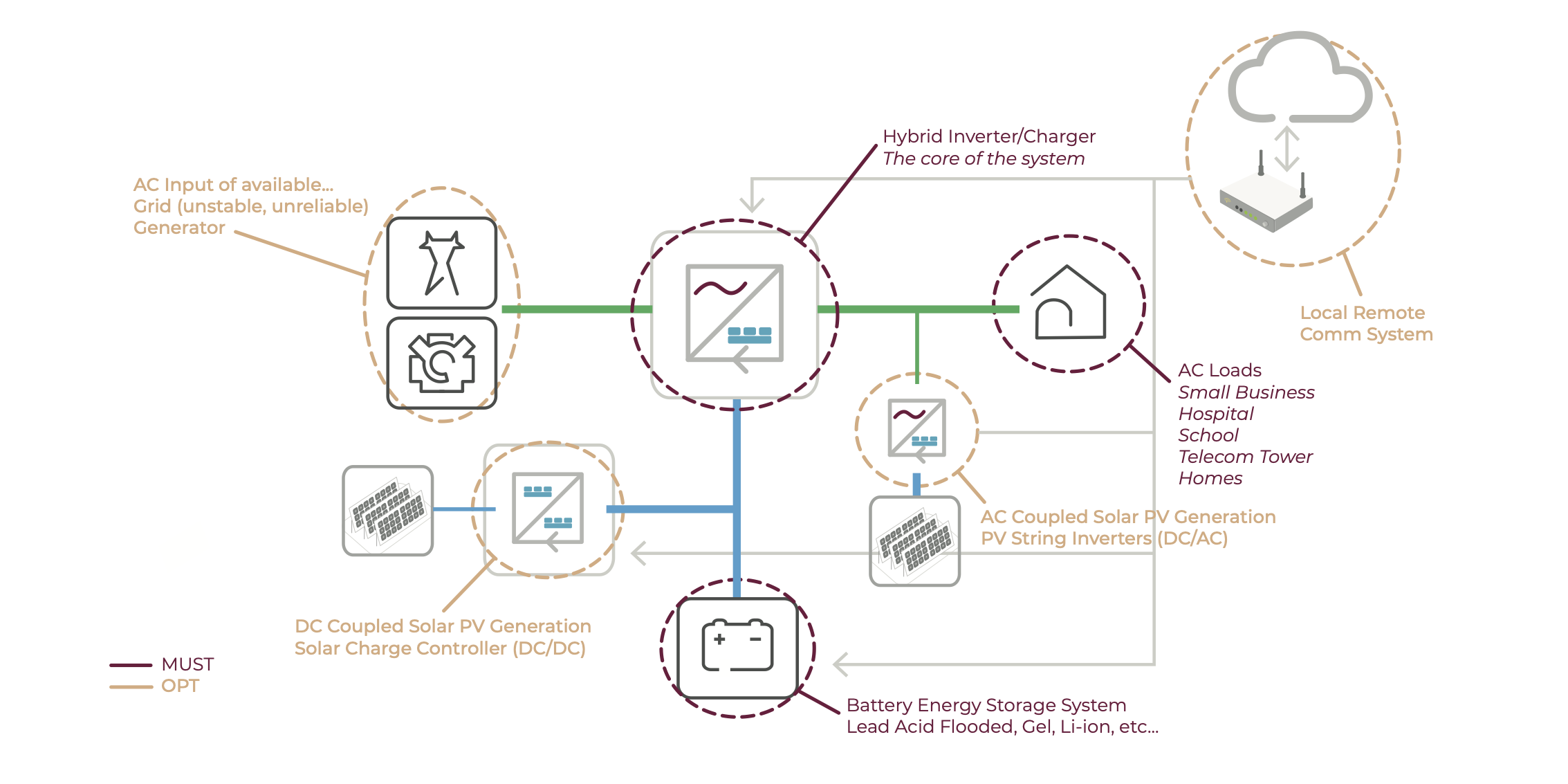CSSC LAB - Exploring the CSSC Demo Sites: STORING PHOTOVOLTAIC ELECTRICITY IN SLOVENIA
16-11-2020
In July 2021, the demo site in Desternik, Slovenia, will be launched. As part of the project, a battery system as well as monitoring equipment will be purchased, making it possible to store photovoltaic electricity. How will this change the lives of the 2617 residents of this rural municipality, situated in the North West of the country? Can Desternik become a smart village?
At the moment, most energy being used in the town is generated through fossil fuels. With this demo site, the municipality will demonstrate how clean energy can be stored in batteries to allow for a more integrated energy system. It will also show that even small municipalities like Desternik can put systems in place to cover the energy needs of municipal and also potentially residential buildings.
How will the demo site work? Photovoltaic panels will generate electricity, which will be stored in a stationary battery inside the municipal office. When electricity production is high, excess electricity will be fed into the net metering system, making it possible for other residents of Desternik to use the electricity. The electricity will also be made available for the charging of electric vehicles at a local charging station, which will be accessible to the general public. This means that the residents of the municipality will directly benefit from the investment.
The site will also contain all the equipment needed to control and manage the electric loads from the grid, PV system and the batteries. It is important to bear in mind that while the demo site will continue using electricity from the grid, it will supplement it with its own electricity generated by means of solar panels. This is a highly effective way of dealing with the variability of sun light across seasons and times of day.
In addition, the site will showcase an innovative energy storage solution, making it possible to keep solar energy until it is needed and therefore avoid wastage. It also demonstrates that municipalities can mix and match, using photovoltaic energy stored in batteries as well as electricity from the grid. Employing batteries will greatly reduce the strain on the grid because the municipal building will be able to use its own electricity during times of peak demand. This will contribute to the creation of a smarter grid and help Desternik become a smart village.
Destrnik's site scheme:

What about electric mobility? The use of electric vehicles is directly being supported by the Municipality of Desternik, which is currently preparing its Sustainable Mobility Plan. Two charging stations have already been installed in the municipality and a whole network is now being planned. This means that we may soon see many more e-vehicles on the streets of Desternik.
Why is the demo site important for the region? Not only does it signal the state’s commitment to cleaner energy, it also serves as an example to the surrounding municipalities, which face similar challenges. Future grid development will require actions from all consumers in order to balance the grid in terms of peak loads. These kind of municipal initiatives mark the first step in changing citizens’ behaviour towards taking the strain of the grid. It is fair to say that this approach is indeed innovative for the region since few rural municipalities are using a battery system for electricity storage in connection with PV and an e-charging station. The demo site therefore has the potential to have a substantial impact on rural municipalities across the region.
If you want to stay up-to-date on the latest developments surrounding the project and its demo sites, sign up for the CSSC Lab newsletter here.
